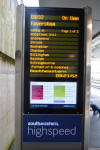Round The World and other travels
A frequent flyer's collection of trip diaries
March 2013: Medway Towns: Rochester & Chatham
 The River Medway rises in East Sussex, flows
through the county of Kent thus dividing it into two sections, and
enters the Thames Estuary at Sheerness. The area west and north of
the Medway is known as West Kent; it largely
corresponds with the ecclesiastical diocese of Rochester and members
of its male population, according to tradition, are collectively known as Kentish Men. East Kent,
the remaining part of the county which roughly corresponds to the
diocese of Canterbury, is home to an apparently distinct variety
of mankind: these people are Men of Kent.
To an outsider such as myself, it's a subtle distinction indeed!
The River Medway rises in East Sussex, flows
through the county of Kent thus dividing it into two sections, and
enters the Thames Estuary at Sheerness. The area west and north of
the Medway is known as West Kent; it largely
corresponds with the ecclesiastical diocese of Rochester and members
of its male population, according to tradition, are collectively known as Kentish Men. East Kent,
the remaining part of the county which roughly corresponds to the
diocese of Canterbury, is home to an apparently distinct variety
of mankind: these people are Men of Kent.
To an outsider such as myself, it's a subtle distinction indeed!
The conurbation of Strood, Rochester, Chatham, Gillingham and Rainham can be found close to the point where the Medway itself becomes an estuary prior to merging with the Thames. These settlements are popularly known as 'The Medway Towns'.
Rochester lies on the east bank of the Medway, half way between Canterbury and Central London, and its cathedral is the mother church of the second-oldest diocese in England. Another notable building, directly opposite the cathedral's west door, is the 12th-century castle with its well preserved keep. The town was a favourite of Charles Dickens (1812-1870) and features in a number of his novels.
 |
 |
 |
 |
 |
 |
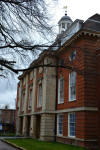 |
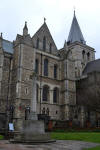 |
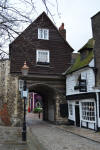 |
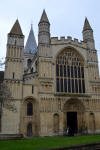 |
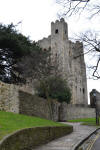 |
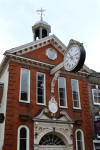 |
Chatham is a town with strong military connections. Its naval dockyard closed in 1984 and has since been transformed into one of Kent's leading visitor attractions. This large site features preserved warships, the RNLI's historic lifeboat collection, art displays and a number of interesting buildings. Of particular note is the Victorian Ropery, which when new was the longest building in Europe made from bricks. Perhaps even more remarkably, production continues to this very day!
 |
 |
 |
 |
 |
 |
 |
 |
 |
 |
 |
 |
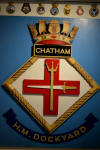 |
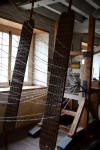 |
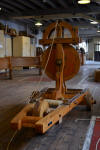 |
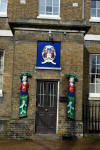 |
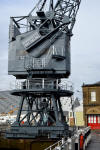 |
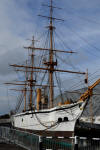 |
Keeping it local on HS1
HS1, the UK's first high-speed rail line, runs from London St Pancras to the Channel Tunnel. In addition to international traffic, the line plays host to a small network of high-speed domestic services.
These services travel at up to 140mph between London and Kent, drawing power from the overhead wires, then break out onto the classic third-rail electrified Kent commuter lines.
The sleek new trains were supplied by Hitachi and are marketed as Javelins.
Linked reports from same trip:



